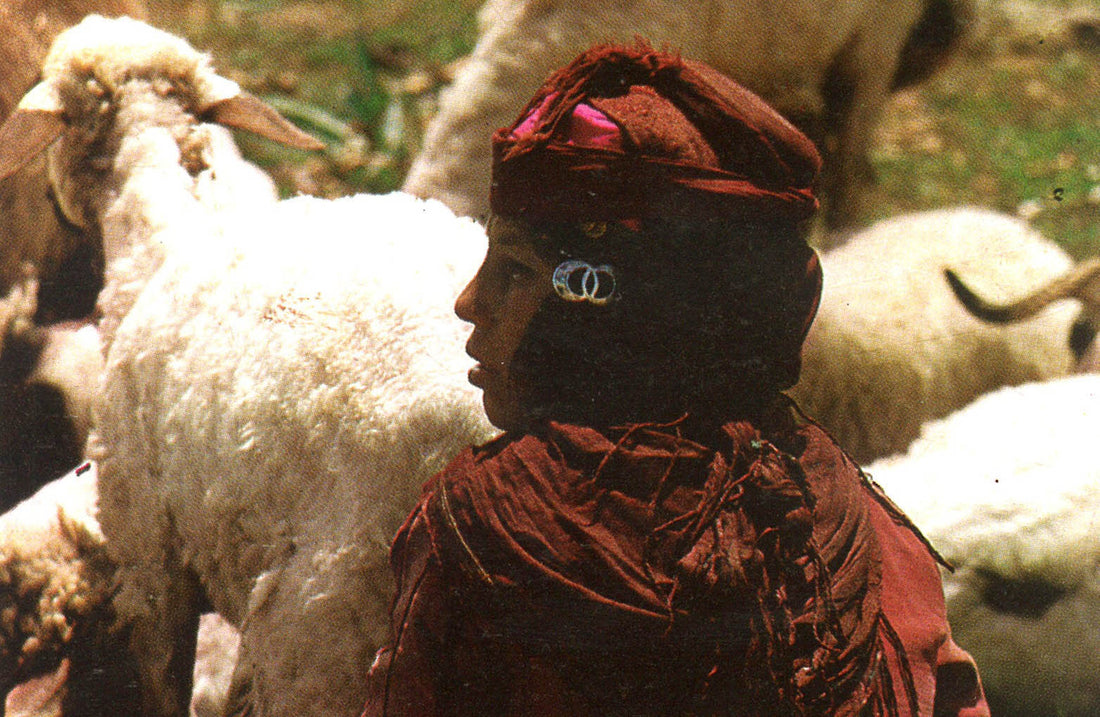As mentioned before, comprehending living conditions of nomadic people is the essential part of understanding the true essence of Anatolian Rug.
Nomadism is the custom or habit of a community to move indefinitely to sustain the life and lineage of a social group. In different academical resources, nomad; It is a word made from the verb to walk. In Anatolia, it is denoting the nomadic Oghuz tribes who came to Anatolia and settled down from Central Asia. In Central and Western Anatolia nomad communities are referred to as "Yörüks", the Karakeçi people in the East are described as "Türkmen". In the literature, the word Yörük is a noun made from the verb "yörü-mek" with the suffix "-k" and means "walking". It is used in the sense of "nomadic, nomadic house, nomadic".
The survival of the nomads, or in a broad sense, nomadic communities, depends on the rearing of animals, generally and mostly sheep and goat. To graze their herds, they make seasonal migrations to places where the meadows are fertile. As a result of their lifestyle, nomadic societies remain a large amount of goat hair and sheep wool on their hands. They also produce light, portable, hygienic and woolen items with this material at their disposal.
As an example of products made from wool; tents (dome-shaped tents called "lump houses"), rectangular ground tents made of felt, goat hair and called "black tents" or half-cylindrical tents called "alaçık" can be shown.
Turkish flatweaves are types of weaving produced by weavers for their own use, mostly in places where traditional life continues. In fact, until very recently, flatweaves were not as popular as carpets in West World. That is why the number of the handmade production is very rare and limited in Anatolia.
Incidentally, it is thought that the knotted carpet weaving technique, is known to be produced later than the flat weavings, was a general requirement and part of the lifestyle of nomadic communities. Also the knotted carpet, was brought to the west by the Muslim Oghuz tribes "Turkmen" who migrated from Central Asia to Anatolia.
Stay tuned with Anatolian Rug...

